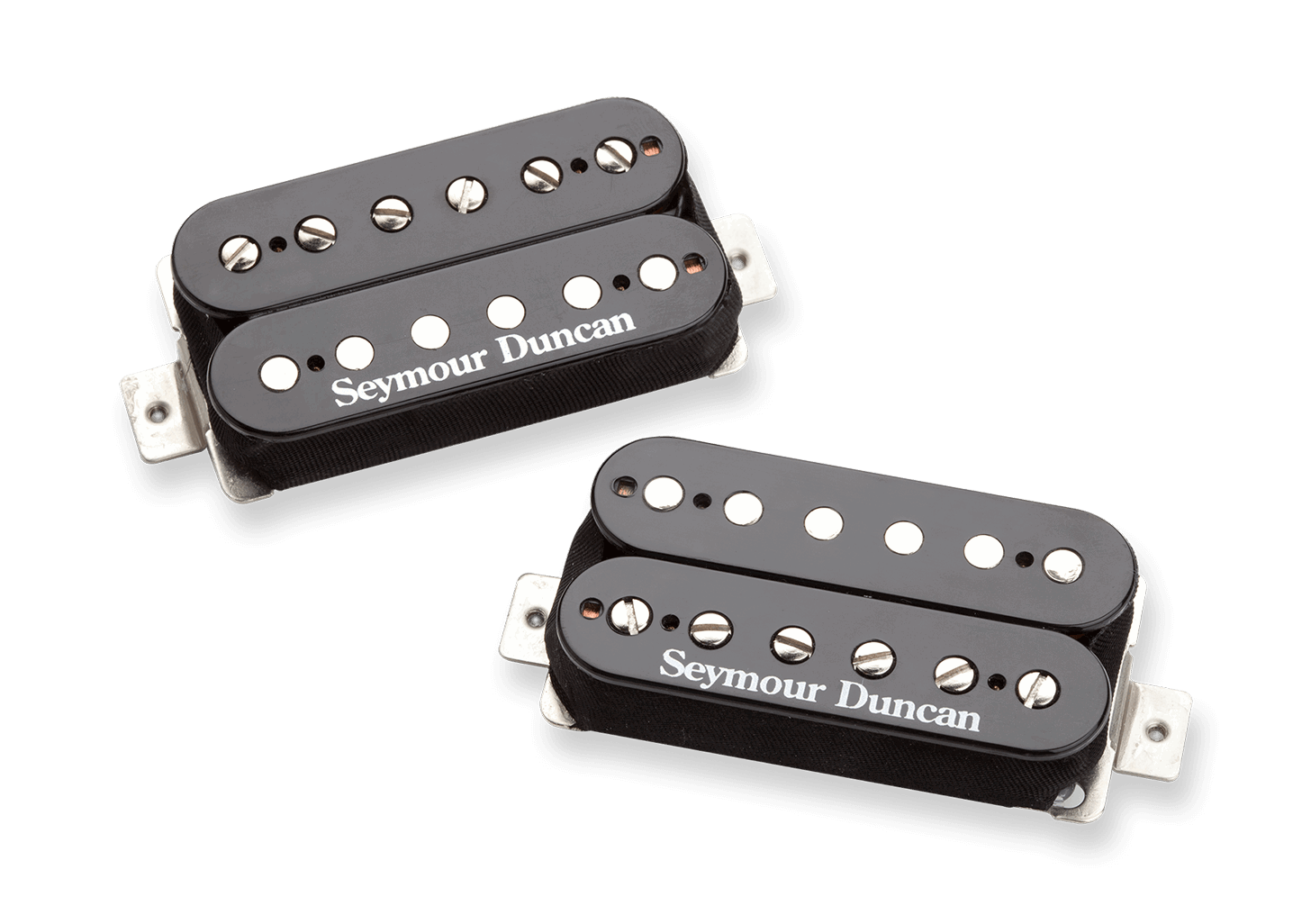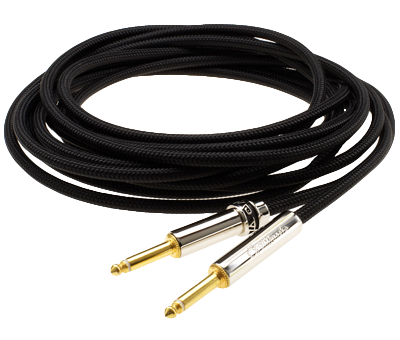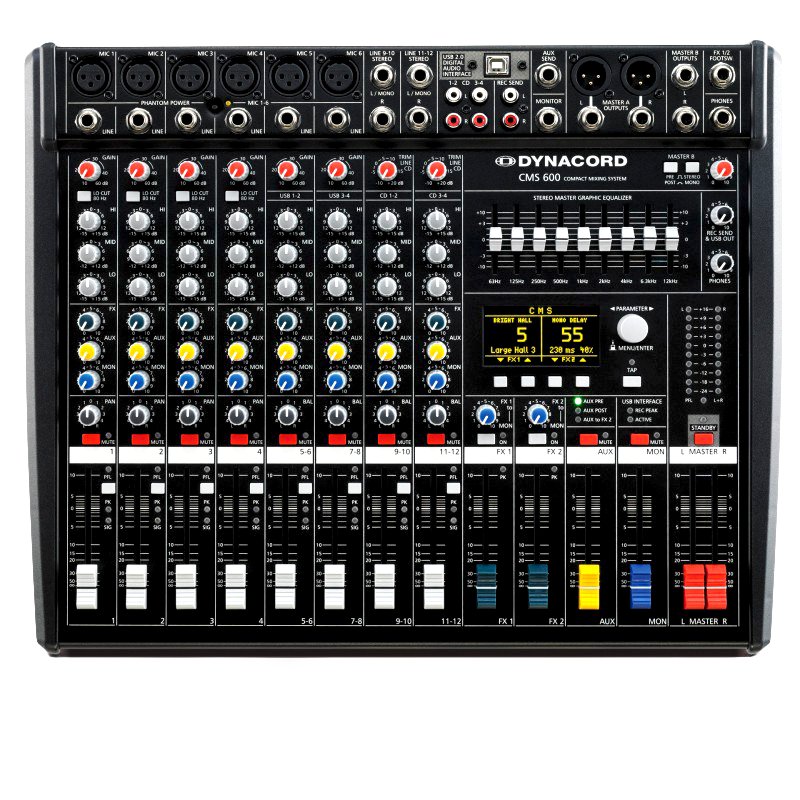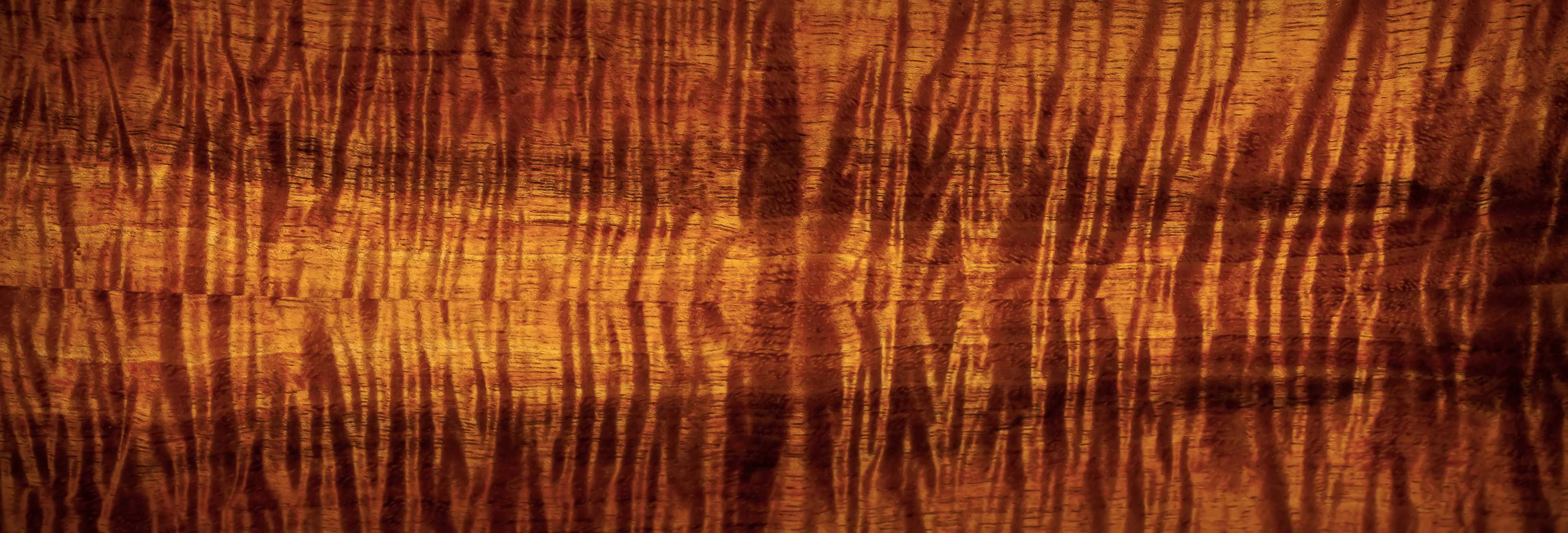Guitar Strings
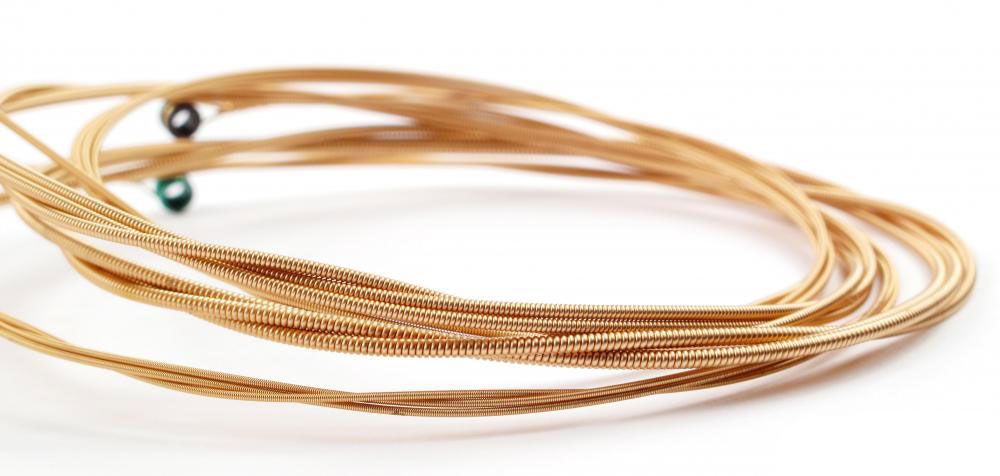
Guitar Strings
STRINGS

ACOUSTIC GUITAR STRINGS
Strings are immensely important for Acoustics. As most acoustic guitars do not have pickup's and amplifiers contributing to the sound; they depend heavily on the overall sound produced by the strings.
Composition and Gauge of Acoustic strings must always be carefully considered, plus the guitars body type is also an important factor when selecting the right strings.
NYLON & STEEL STRINGS
Understanding from the start what type of strings your Acoustic is designed to handle, is highly important.
Using steel strings on a guitar designed for nylon use, can seriously damage a guitar. Certain guitars neck construction and top bracing is not designed to handle the greater tension steel strings produce.
NYLON
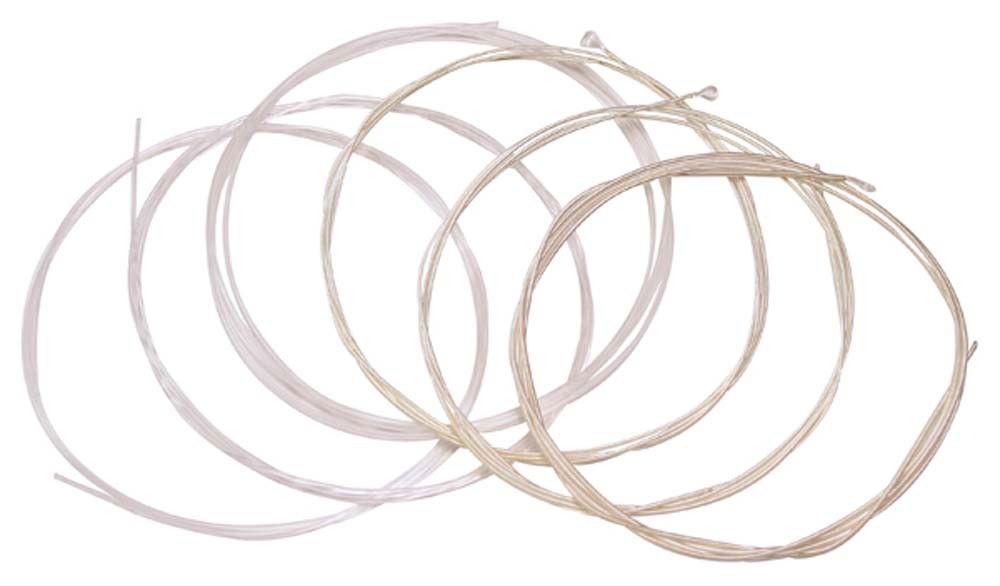
STEEL

WHAT YOU NEED TO KNOW ABOUT STRING GAUGES
String Gauge is the thickness of the strings on a guitar. String Gauge has immense influence on playability and sound. Strings are manufactured in a range of gauges. Gauges are measured in thousandths of an inch. A light string would typically have a gauge of 0.10" as an example while the heaviest string would have a gauge of 0.59". Steel strings for six-string guitar usually come in sets of matched strings. Sets are usually referenced either by the gauge of the first string (e.g., 9), or by pair of first and last (e.g., 9–42); measurements in thousands of an inch are the de facto standard, regardless of whether Imperial units are used in a country. Some manufacturers may have slightly different gauge sequences.
LIGHTER GAUGE STRINGS:
Easier to play; great for beginners
Allow easier bend of notes and fretting
Break a lot easier
Produce less volume and sustain
Are prone to cause fret buzzing
Exert less tension on the guitar neck
Great for Blues & Soloing because bending notes is easier
Great for Vintage guitars because they put less stress on the neck
Great for small body guitars - they just sound better
Excellent for fingerpicking style as they are more responsive to delicate finger work
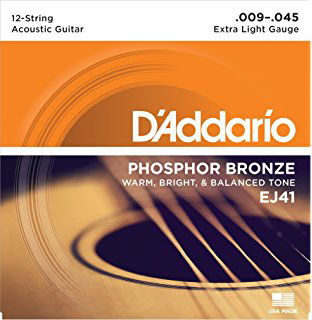
NOTE: - FRET BUZZING: - the annoying sound caused by a guitar string rattling/buzzing against a fret wire when the guitar string is being plucked or played. There are three common causes of fret buzz:
Frets are not level with each other (some are taller, some are shorter)
String Action is too low
Neck does not have enough "relief" (neck is too straight, or bowing backwards)
HEAVIER GAUGE STRINGS:
Harder to play
Needs more pressure to fret and bend notes
Produce more volume and sustain
Exerts more tension on the guitar neck
Good for heavy strummers because they offer more durability,
more sustain & less breakage.Great for slide playing and drop tunings because they hold a tighter
string tension.Great for Low-action guitars because they have tighter vibrations, and are therefore more resistant to fret buzz.
Excellent for unamplified Acoustic playing because they're louder.
Great for Jazz playing because that particular style doesn't need much note bending.
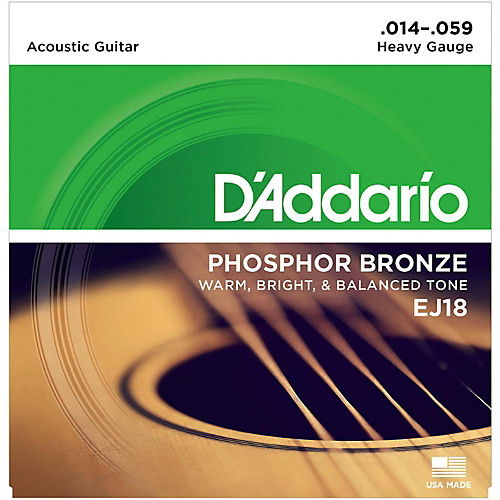
ACOUSTIC GUITAR STRING SET GAUGES
GAUGE STRINGS:
"Extra Light" - .010; .014; .023; .030; .039; .047
"Custom Light" - .011; .015; .023; .032; .042; .052
"Light" - .012; .016; .025; .032; .042; .054
"Medium" - .013; .017; .026; .035; .045; .056
"Heavy" - .014; .018; .027; .039; .049; .059
DECIDING WHAT STRING GAUGE TO USE
When choosing what string gauge to use, there are some factors to consider:
Body Style: - A general rule is that small body Acoustics are stringed with light gauges and larger body guitars with heavier gauge strings. Bigger body guitars sound better with medium gauge strings by taking advantage of their larger sound chambers, while smaller guitars sound better with lighter gauge strings.
Playing Style: - Fingerpicking is easier with lighter gauge strings while Medium gauge would be most suitable for hard strumming techniques. For strumming AND fingerpicking, light to medium gauge is best. The light - medium have heavier gauges on bottom 3 strings and lighter on the top 3 strings.
Tone Choice: - Heavier gauge strings will enhance the guitar's bass register producing deeper and stronger tones.
Light gauge strings enhance treble notes and can bring out subtle picking and strumming techniques and sounds.
ACOUSTIC GUITAR STRING MANUFACTURE MATERIALS
Bronze - Clear, ringing & Bright Tone | They age quickly due to bronze oxidizing
Phosphor Bronze - Warmer & Darker sound; yet Crisp | Phosphor alloy extends life
Aluminium Bronze - Pronounced bass & Crisp High's | Greater clarity than Phosphor Bronze
Brass - They have a bright, metallic tone
Polymer-coated - Less sustain & brightness to uncoated with warmth | Corrosion resistant
Silk & Steel - The lower strings have silk, nylon or copper wrap wire producing a softer, more delicate tone.
Polymer-coated strings offer longer life (typically with a brightness | sustain trade-off) and those with silk wraps on the ball ends reduce wear & tear on the guitars bridge, end plate, saddle & pins.
CLASSICAL GUITAR NYLON STRINGS
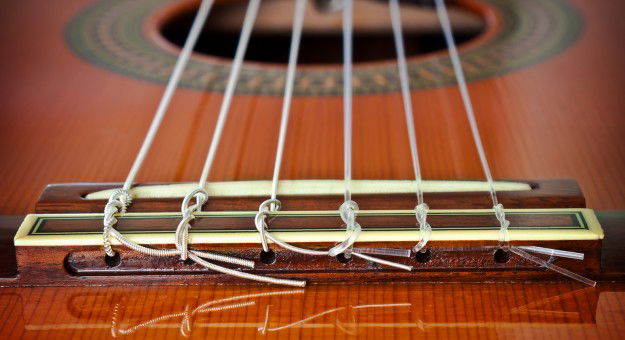
CLASSICAL GUITAR STRING MANUFACTURE MATERIALS
Gut (aka"catgut")
- Made of animal gut (not very common in today's era)Nylon
- The material that replaced gut because it was cheaper to mass manufacture. There is a variety of nylon, but clear
nylon is the most popular because of its brightness and clarity.Silver-Plated Copper - aka "Silver Strings"
- Wrapped around the nylon core of the bass strings, and is the most popular metal for classic guitar because of
it's warm rich tone.80/20 Bronze - aka "Gold Strings"
- Preferred over silver-plated copper by some players because of it's brightness and projection.
NYLON STRINGS CHARACTERISTICS
Nylon strings have a softer, mellower tone and excellent touch response which has made good effect by all kinds of guitarists; including Jazz & Country artists, although they are mainly used to play classical, flamenco, bossa nova and folk music.
Most start off using nylon strings thinking it is easier on the fingertips because of the softer material. Truth is, it is easier to start with, but regardless of the strings used, fingertips are going to experience tip hardening and it won't be completely painless.
Because nylon strings tend to stretch more than steel strings they need more frequent tuning, especially when new. They are also more sensitive to atmospheric changes caused by humidity and temperature.
STRING TENSION DESIGNATIONS & CHARACTERISTICS
NOTE: - String tension is an important issue for all designers of stringed musical instruments, as all the static forces bearing on the structure of an instrument are due to string tension. The relationship of string tension, pitch and scale length is of great importance in the design of a stringed instrument.
Classical Guitar Strings are sold with specified gauges as all strings, but are also categorized by tension ratings. Some string sets mix & match tensions in a single package, which can complicate matters somewhat as it would generally list only one tension set on the packaging; something to be aware of. Understanding what tension gives off the sound you are looking for, will take some experimenting.
Here are some Tension designations & characteristics to use as a guide:
LOW TENSION - (MODERATE OR LIGHT TENSION)
Easier Fretting
- Particularly on higher action guitarsLess Volume & Projection
Less pronounced attack
- With more note "body"Best for smooth legato techniques
Greater tendency to cause fret buzzing
NORMAL TENSION - (MEDIUM TENSION)
Usually a balance between Low & High tension characteristics.
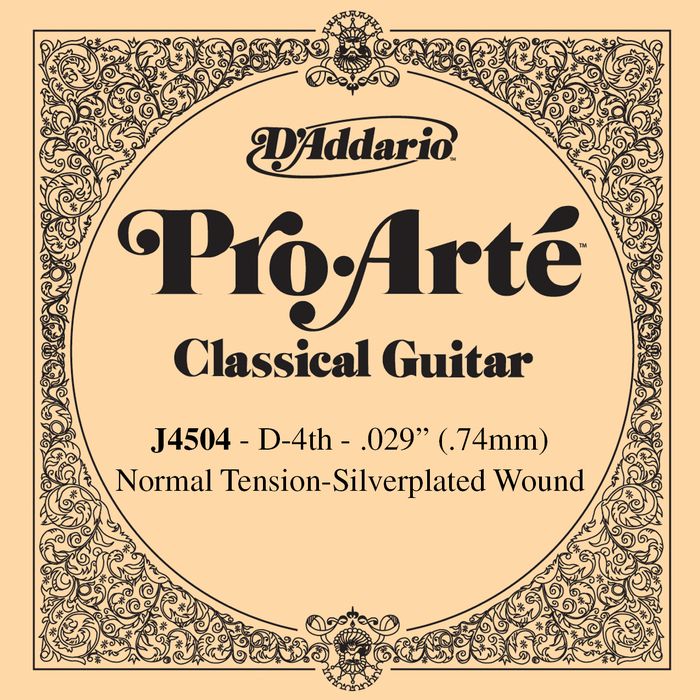
HIGH TENSION - (HARD OR STRONG TENSION)
Harder Fretting
- Particularly on higher action guitarsMore Volume & Projection
More pronounced attack
- With less note "body"Best for strong rhythmic playing
Fragile instruments are more prone to damage
- May cause issues with necks, bridges, and top bracing
CLASSICAL TREBLE STRING MATERIALS & TONAL CHARACTERISTICS
Clear Nylon
- Most popular, they're made of clear nylon monofilament in note-specific gauges and known for their richness & clarity.Rectified Nylon
- Also made of clear nylon, they are then precision-ground to create a very consistent diameter along the strings entire length. They have a mellower, rounder tone than clear nylon.Black Nylon
- Made from a different nylon composition, they produce a warmer, purer sound with more treble overtones.Titanium
- Brighter than traditional nylon with a smooth feel.Composite
- Made with a multi-filament composite, they have pronounced brightness & strong projection.
CLASSICAL BASS STRING MATERIALS & TONAL CHARACTERISTICS
Classical guitar bass strings have multifilament nylon cores and are wrapped with a variety of metal winding materials. The most common winding materials are:
80/20 Bronze
- Made up of 80% copper and 20% zinc, it is sometimes referred to as brass. Some even call them Gold strings.Silver-plated Copper
- The silver plating gives a smooth feel while the copper provides a warm tone. Sometimes referred to as "Silver Strings"Roundwound strings are by far the most popular and common winding method found on classical guitar bass strings. Some manufacturers polish roundwound strings to flatten the top of the winding, resulting in a smoother feel and less finger noise.
Most classical guitar strings have straight ends and are designed to be tied on to classical guitar bridges. A few nylon strings have ball ends that are preferred by some folk guitarists. Unless ball ends are specified, you can assume classical strings have tie-ends.
STRING CONSTRUCTION
The end of the string that mounts to the instrument's tuning mechanism (the part of the instrument which can be turned to tighten or loosen the tension of the string) is usually plain. Depending on the instrument, the string's other, fixed end may have either a plain, loop, or ball end (a short brass cylinder) that attaches the string at the end opposite the tuning mechanism. When a ball or loop is used with a guitar, this ensures that the string stays fixed in the bridge of the guitar. When a ball or loop is used with a violin-family instrument, this keeps the string end fixed in the tailpiece. Fender Bullet strings have a larger cylinder for more stable tuning on guitars equipped with synchronized tremolo systems. Strings for some instruments may be wrapped with silk at the ends to protect the string. The color and pattern of the silk often identifies attributes of the string, such as manufacturer, size, intended pitch, etc.
STRING CORE
The string core is the solid wire within the wrapped wire of a string. There are two selections: Round Core & Hex Core.
Originally all guitars had round core strings, until D'Addario designed the Hex Core. The sharp edges of the hexagonal cores were good at “gripping” the outer wire, thus preventing slippage, and making machine-winding more accurate and consistent.
A little trick to remember with Round Strings; you must tune them up to pitch before trimming them or the outer wrapping will slip and unravel.
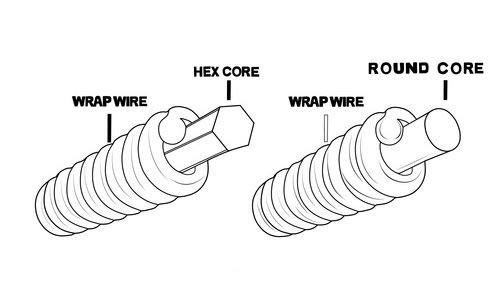
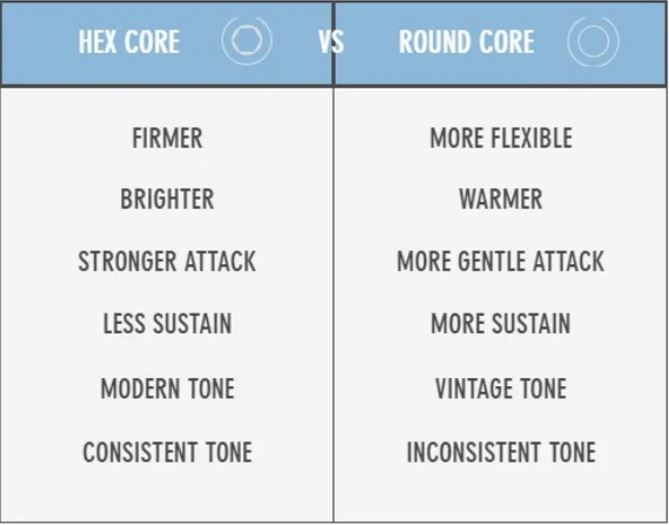
NOTE: - In music, sustain is a parameter of musical sound over time. It denotes the period of time during which the sound remains before it becomes inaudible, or silent.
WINDING TYPES
Strings are constructed using 3 different types of winding methods: -
Round Wound Strings
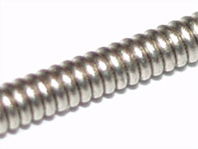
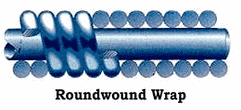
The simplest wound strings are round wound with round wire wrapped in a tight spiral around either a round or hexagonal core. Such strings are usually simple to manufacture and the least expensive. They have several drawbacks, however:
Roundwound strings have a bumpy surface profile (the bumps of the winding) that produce friction on the player's fingertips. This causes squeaking sounds when the player's fingers slide over the strings, especially when used on electric guitar with a guitar amplifier or with an acoustic guitar amplified through a PA system. (Some artists use this sound creatively, such as hardcore punk and heavy metal music electric guitarists who scrape the pick down the lower-pitched strings for an effect.)
Roundwound strings' higher friction surface profile may hasten fingerboard and fret wear, compared with smoother flatwound strings.
When the core is round, the winding is less secure and may rotate freely around the core, especially if the winding is damaged after use.
Half Wound Strings
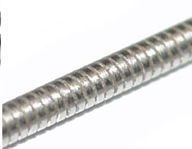

Halfwound strings, ground wound strings, or pressure wound strings are a cross between roundwound and flatwound. Such strings are usually made by winding round wire around a round or hex core first, then polishing, grinding (thus the name, ground wound) or pressing the exterior part of the winding until it is practically flat. This results in the flat, comfortable playing feel of flatwounds, along with less squeaking, with a brightness generally between roundwounds and flatwounds.
The polishing process removes almost half of the winding wire's mass; thus, to compensate for it, manufacturers use winding wire of a heavier gauge. Because of the extra manufacturing process involved they are normally more expensive than roundwounds, but less than flatwounds.
Flat Wound Strings
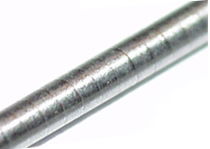
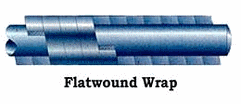
Flatwound strings also have either a round or hex core. However, the winding wire has a rounded square cross-section that has a shallower profile (in cross-section) when tightly wound. This makes for more comfortable playing, and decreased wear for frets and fretboards (this makes them a popular choice for fretless instruments). Squeaking sounds due to fingers sliding along the strings are also decreased significantly. Flatwound strings also have a longer playable life because of smaller grooves for dirt and oil to build up in.
On the other hand, flatwound strings sound less bright than roundwounds and tend to be harder to bend. Flatwounds also usually cost more than roundwounds because of less demand, less production, and higher overhead costs. Manufacturing is also more difficult, as precise alignment of the flat sides of the winding must be maintained (some rotation of the winding on roundwound strings is acceptable).
https://en.wikipedia.org/wiki/String_(music)
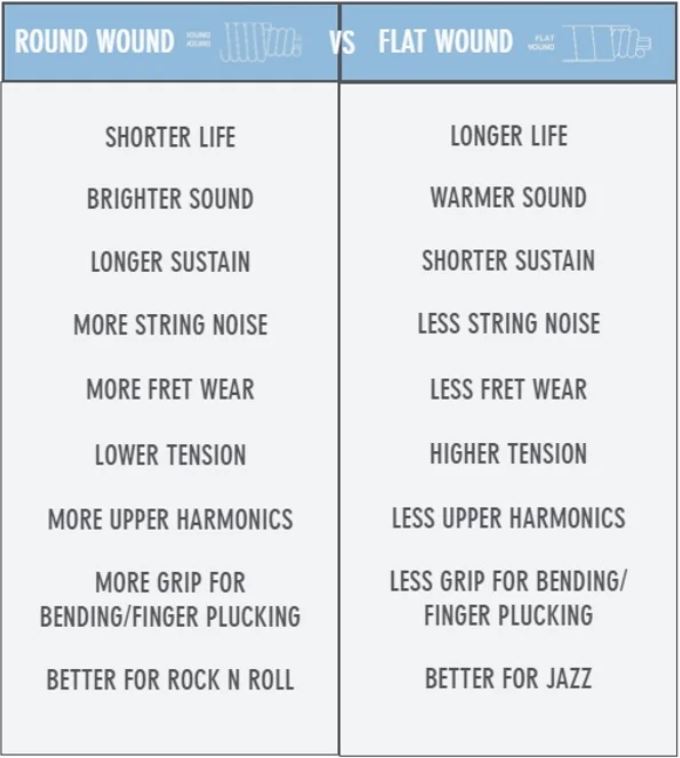
STRING COATING
In 1997 Elixir released "coated strings" - strings covered in a micro-thin polymer coating. This created a barrier, protecting the metal from damaging substances like oil, sweat, dust, dirt & skin.
The new "coated strings" lasted several times longer than uncoated, and also had a smoother feel with less squeaking; on the other hand, there is a slight loss of brightness and sustain as a result of the coatings.
Since then, other string manufacturers have developed their own line of coated strings.
ELECTRIC GUITAR STRING SET GAUGES
GAUGE STRINGS:
"Extra Super Light" - .008; .010; .015; .021; .030; .038
"Extra Super Light Plus" - .0085; .0105; .015; .022; .032; .039
"Super Light" - .009; .011; .016; .024; .032; .042; .054
"Super Light Plus" - .0095; .0115; .016; .024; .034; .044
"Super Light Regular" - .009; .011; .016; .026; .036; .046
"Regular Light" - .010; .013; .017; .026; .036; .046; .056
"Regular Light Plus" - .0105; .0135; .018; .028; .038; .048
"Medium" - .011; .014; .018; .028; .038; .049; 064
"Light Top|Heavy Bottom" - .010; .013; .017; .030; .042; .052
"Medium-Heavy" - .011; .014; .018; .030; .042; .052
"Heavy" - .012; .016; .020; .032; .042; .054
"Extra Heavy" - .013; .017; .026; .036; .046; .056
ELECTRIC GUITAR STRING MANUFACTURE MATERIALS
Nickel-Plated Steel
- The most popular option due to the combination of warmth + brightness and strong picking attack.Pure Nickel
- Has a classic vintage tone and is warmer than Nickel-plated steel.Stainless Steel
- Has a good combination of brightness and sustain, while being the most resistant to corrosion and the least prone to finger squeaks.
Other less common metals used for Electric Guitar String manufacturing are: Titanium; Cobalt; Chrome and Copper.
TOP 6 GUITAR STRING MANUFACTURERS
1.

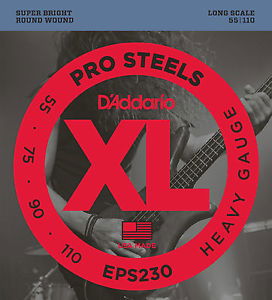
D'Addario is a manufacturer of musical instrument strings, primarily for guitars, since 1680. Currently headquartered in Farmingdale, Long Island, New York. It is a family-owned and -operated business that is one of the largest string manufacturers in the world, not only producing several lines of strings under their own brand names, but also making OEMstrings for other musical instrument companies.
2.

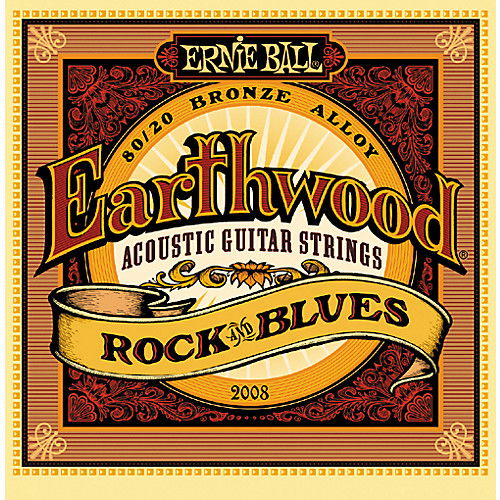
Ernie Ball did not create anything new — he simply saw a demand and improved upon existing products and found ways to better fulfill market demands. By the early 1970s he took the company global by establishing distributors in Europe and Asia. Jimi Hendrix, Eric Clapton, Pete Townshend, and other rock icons were stringing up Slinkys, a trend that continues into the present, making Ernie Ball the second biggest string manufacturer in the country.
3.

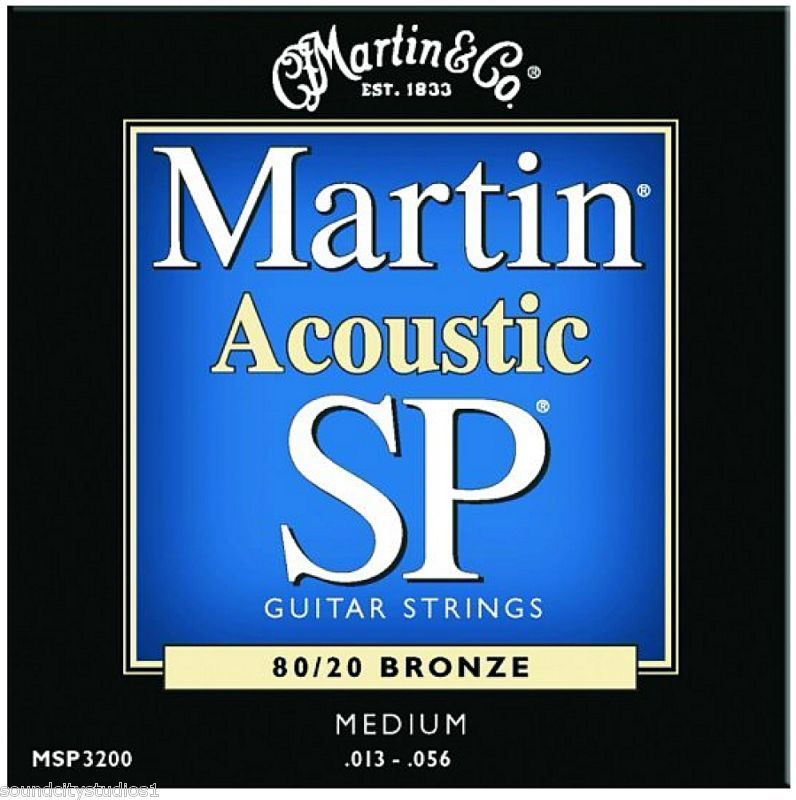
C.F. Martin & Company is an American guitar manufacturer established in 1833 by Christian Frederick Martin. It is highly regarded for its steel-string guitars and is a leading manufacturer of flat top guitars. The company has also made mandolins as well as several models of electric guitars and electric basses, although none of these other instruments are currently in production. The company's headquarters and primary factory are situated in Nazareth, Pennsylvania, located in the Lehigh Valley region of the state. The building includes the Martin Guitar Museum, which features over 170 guitars made by the company over its history.
4.
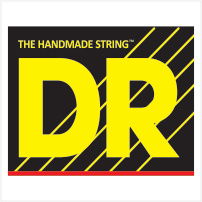
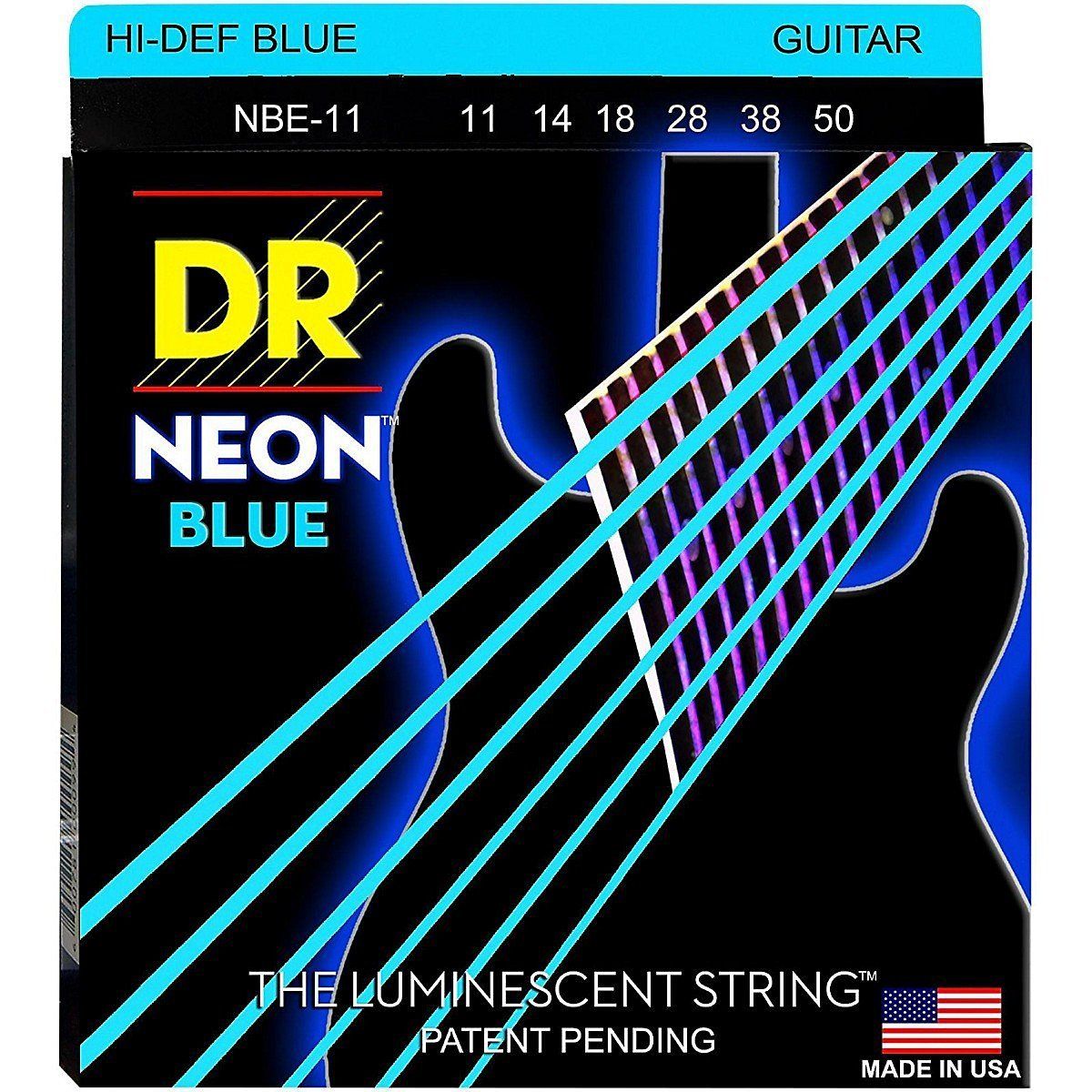
DR Handmade Strings is a manufacturer of guitar and bass strings located in Westwood, New Jersey. DR Handmade Strings was founded in 1989 by Mark Dronge, son of Guild Guitars founder Alfred Dronge, and Dr. Benzion Rapoport. DR is an all American family owned business that is known for its hand craftsmanship and referred to in advertisements as "The Handmade String".
5.

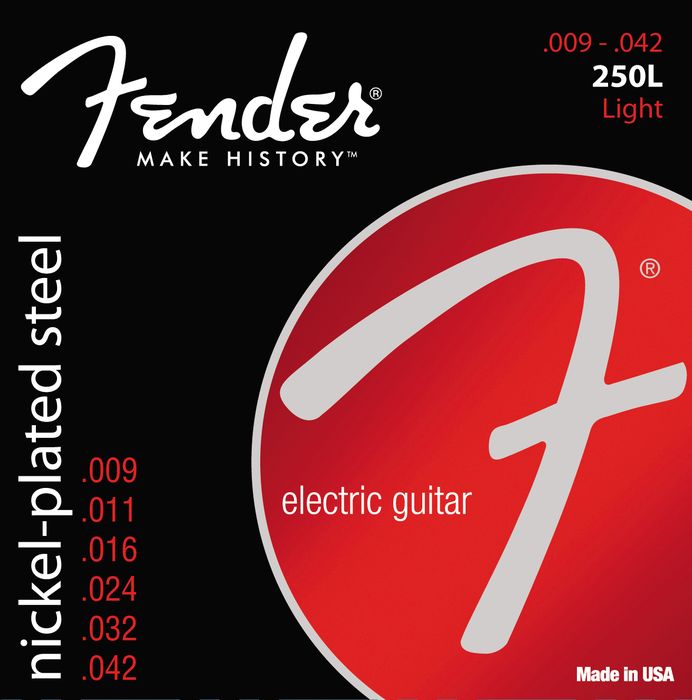
Fender Musical Instruments Corporation (FMIC), commonly referred to simply as Fender, is an American manufacturer of stringed instruments and amplifiers. Fender Guitars are among the most recognized in the world.
6.


GHS Strings is a Battle Creek, Michigan based guitar and bass guitar string manufacturer. The company was founded in 1964, and in 1975 was bought by Robert McFee, who is the Chairman of the Board with son, Russ McFee, as President. The name GHS comes from the surnames of the company's founders — Gould, Holcomb and Solko.
HOW OFTEN SHOULD STRINGS BE CHANGED
This depends on a few factors - Generally:
How often you play.
How much you sweat when playing - sweat is acidic.
How aggressive your playing style is - a lot of bending & hard picking.
Do you play often in smoky environments or smoke around your guitar - The smoke is harmful to the strings.
GUITAR STRINGS MAINTENANCE & TIPS
Wash your hands before playing
Keep a soft cloth & wipe your strings after every playing session
Wind them up properly! Invest in a string winder - inexpensive & easy to use
Buy in bulk and always have spare.
If you're a beginner, pick what's popular and experiment as you gain knowledge.


